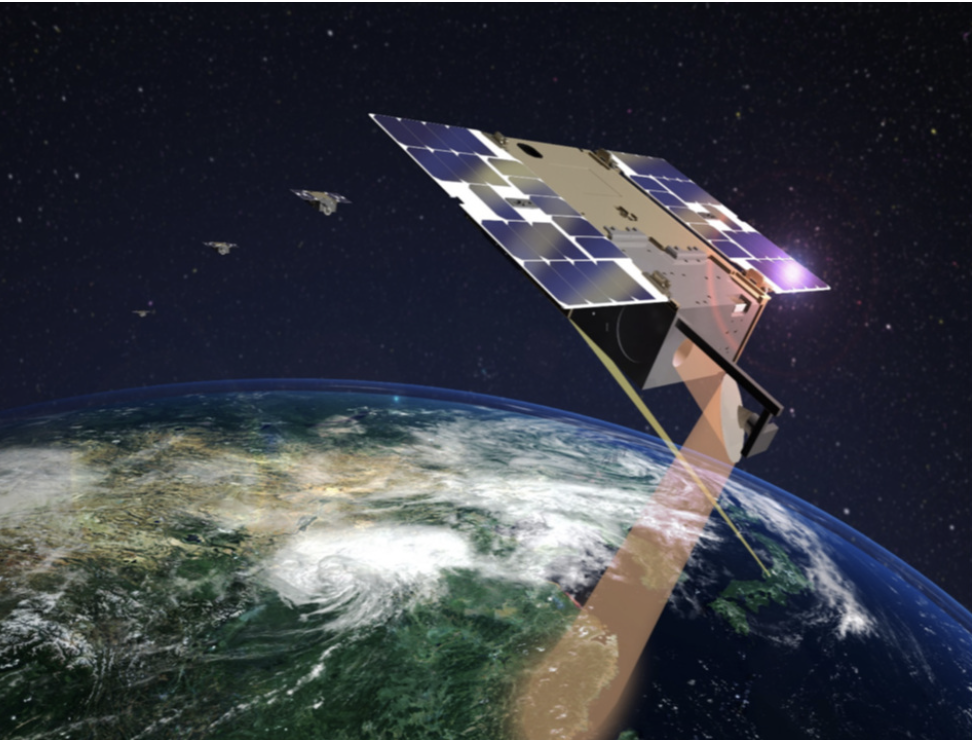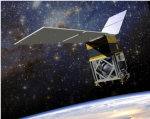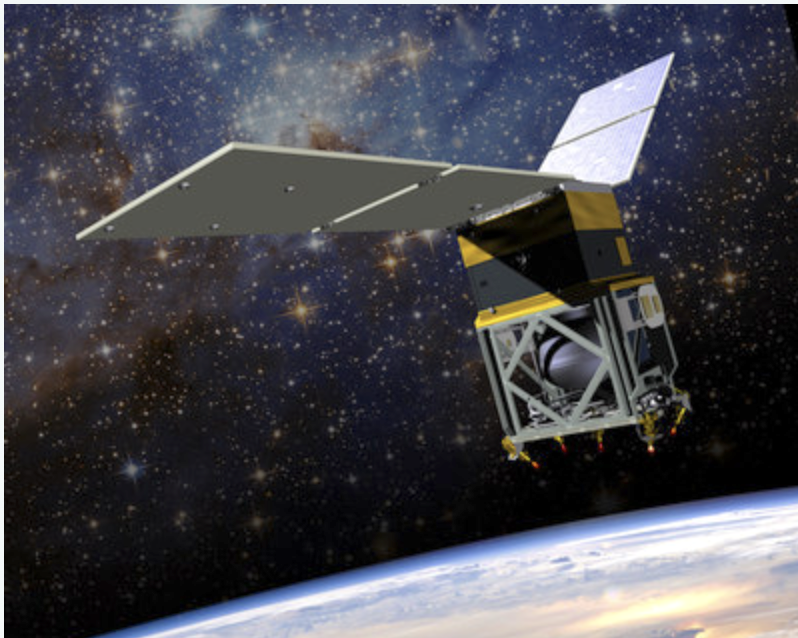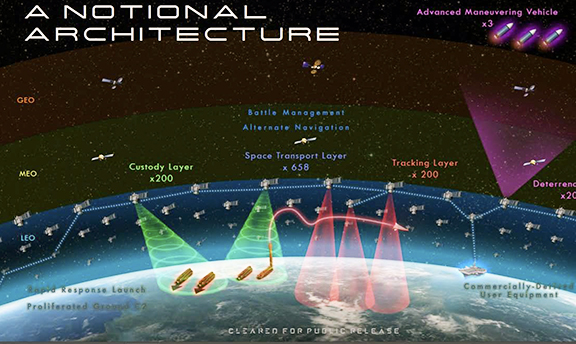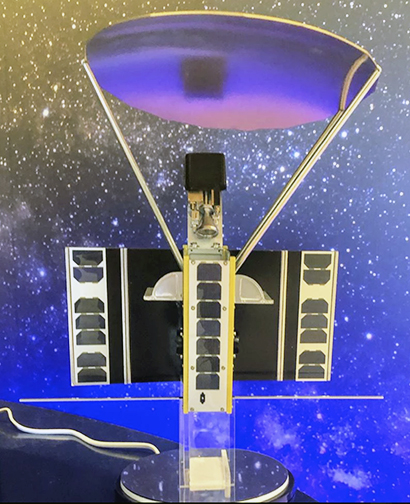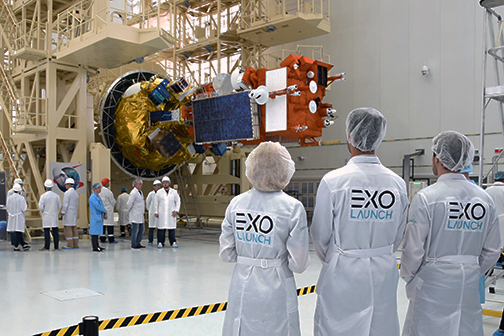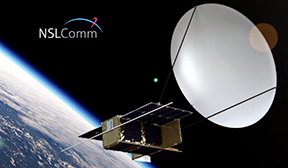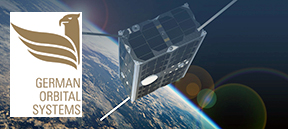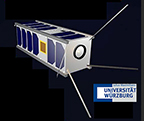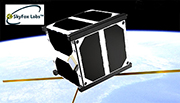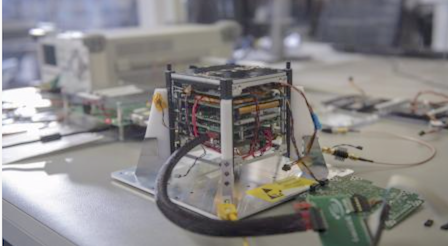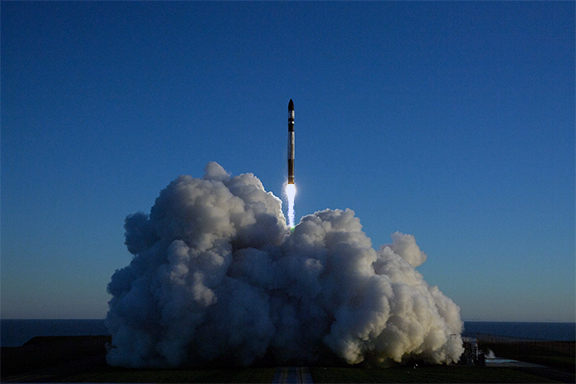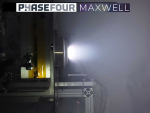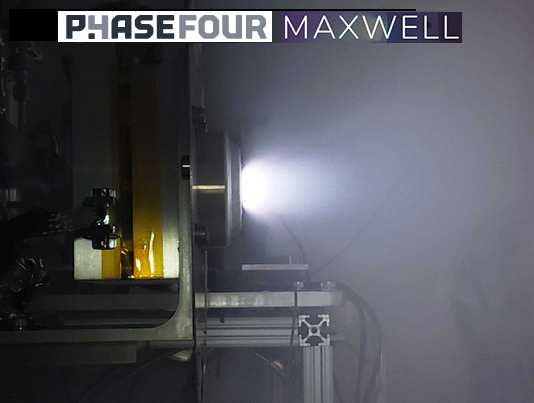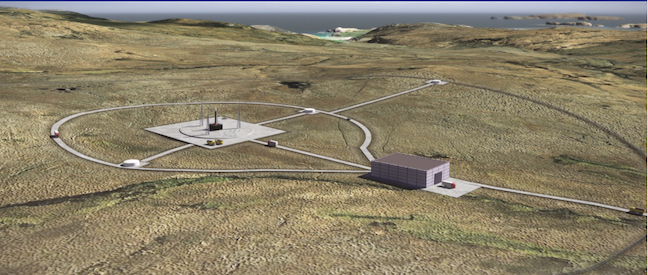The Scottish Highlands are undergoing environmental impact studies for a proposed Space Hub in Sutherland. The following is from a statement explaining the company’s plans.
Preparatory work is getting under way to agree the scope of environmental impact studies that should be carried out in relation to the site of a proposed space center in Sutherland. Highlands and Islands Enterprise (HIE) is currently developing plans for Space Hub Sutherland, which is expected to begin vertical launches of small satellites from the A’Mhoine peninsula, near Tongue, early in the next decade.
The project has attracted support from the UK Space Agency, which is also funding two launch companies that plan to set up in Sutherland, Lockheed Martin Space Systems and Orbex.
Space Hub Sutherland is planned as a key component of Scotland’s growing space sector. The development agency expects 40 high quality jobs will be created locally, part of a total of more than 400 across the wider Highlands and Islands. Orbex has already opened a new manufacturing facility in Forres.
The potential launch site at A’Mhoine is next to the Caithness and Sutherland Peatlands Special Protection Area and Special Area of Conservation, and the Ben Hutig Site of Special Scientific Interest.
Understanding the environmental impacts of satellite launches, as well as the economic benefits, will be crucial factors in determining the outcome of a future planning application to the Highland Council for design and construction of the space hub.
That application is currently being prepared by HIE and will be accompanied by an extensive round of public consultation so that local people have opportunities to view the plans and put questions to the developer.
As a first step towards determining environmental impacts, HIE now seeking agreement on the scope of environmental issues that will need to be examined. The development agency is consulting the Highland Council, statutory consultees Scottish Natural Heritage, the Scottish Environment Protection Agency and Historic Environment Scotland, and a wide range of other interested parties.

Scotland’s enterprise agencies have launched ambitious plans to help build a more economically vibrant country.
In line with the EU’s environmental impact assessment directive, HIE is proposing to examine potential impacts on the local area, specific habitats and the marine environment.
Roy Kirk, Space Hub Sutherland Project Director with HIE, said:
“As our plans develop, it is absolutely vital that we gain a thorough understanding of the potential environmental impacts that a launch facility could have, including around the location of the site itself. We have been carrying out bird studies, for example, for well over a year now, so there is already a stock of robust data regarding that aspect.
“The new proposal will help us scope out the full range of environmental issues that we need to examine and that will inform the development of the project as we head towards a future planning application.
“Space Hub Sutherland is an evolving project and the plans need to be very forward-looking. For the purpose of the scoping exercise, we’ve used figures that range from current expectations to the absolute extreme end of any potential activity that could take place there. This will make sure that environmental assessments are as robust as possible, by being based on maximum possible impacts.”
Papers associated with the initial scoping exercise are available online at The Highland Council website.
“It is very positive to see the first scoping documents for the launch site at Sutherland Spacehub, representing the work of dozens of people and numerous industry and environmental experts over the past years to examine the challenge of taking Britain back in to space.
This document is a first — giant — step towards a formal planning application. It’s a very detailed and careful alignment between the project and planning stakeholders on what aspects might have environmental or other impacts. However, it is very important to note that there is still a lot of design work and refinement ongoing to finalize requirements to ensure minimal impact.
Those that are unfamiliar with planning procedures may not be familiar with the rigor of the environmental impact assessment required, and which has been ongoing at Sutherland since 2017. It’s important that this understanding is based on facts rather than speculation or misinformation. This is a multi-year process involving dedicated studies from dozens of industry and agency experts, as well as engagement with multiple stakeholders and authorities.
As an example, a two-year study detailing the local bird populations at the A’Mhoine site is now nearing completion. It’s worth noting that any launch site of this nature — including those in other regions of Scotland near sensitive areas of natural heritage — will face similar requirements to present multi-year studies to Scottish National Heritage and the Scottish Environment Protection Agency, among other stakeholders.
The economic impact of the spaceport in the Highlands and Islands region is expected to deliver around 400 jobs in various activities, and around 40 locally at the spaceport, including roles in administration, finance, licensing, insurance, maintenance, fueling, engineering, communications, public relations, housekeeping, security and community relations.
For our part, Orbex is committed to operating the A’Mhoine site in a compatible and “green” manner, and will be using a site-compatible small launch vehicle with an ultra-low carbon bio-propane fuel. We are already investing strongly in the Highlands region at Forres, and we will be making some more announcements about developments at other locations in due course.”
Chris Larmour, CEO of Orbex




